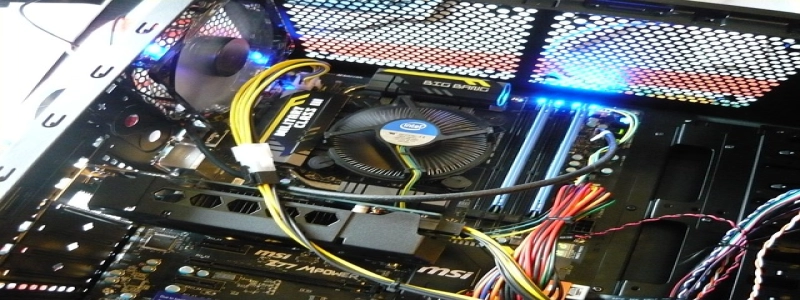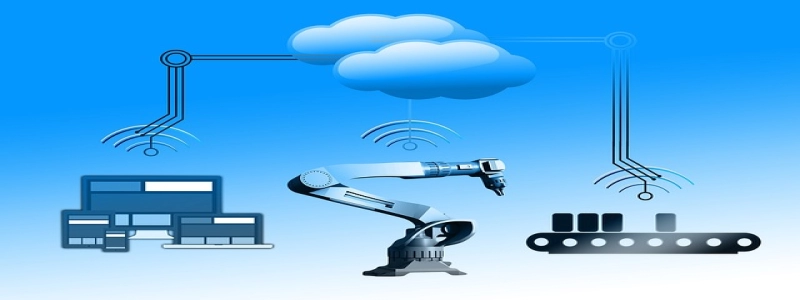SFP vs SFP+: Choosing the Right Fiber Optic Transceiver for Your Network
Introduction:
In today’s digital era, high-speed data transmission is a critical aspect of every network infrastructure. Fiber optic transceivers, such as small form-factor pluggable (SFP) and enhanced small form-factor pluggable (SFP+), play a crucial role in transmitting data over optical fibers. Understanding the differences and benefits of these transceivers is essential for making an informed decision while setting up or upgrading your network. This article will provide a comprehensive comparison between SFP and SFP+ transceivers, enabling you to choose the right one for your network requirements.
I. Overview of SFP Transceivers:
SFP transceivers, also known as mini-GBIC (gigabit interface converter), are small modules that connect network devices, such as switches, routers, and media converters, to optical fiber networks. They support various types of communication standards, including Gigabit Ethernet, Fiber Channel, and SONET/SDH.
A. Features of SFP Transceivers:
1. Compact size: SFP transceivers are small in size, allowing for a higher density of ports within network equipment.
2. Hot-swappable: SFP transceivers can be plugged or unplugged from network devices without shutting down the system, providing flexibility and ease of maintenance.
3. Interchangeable: SFP transceivers are interchangeable, meaning they can be easily replaced or upgraded without requiring any changes to the existing infrastructure.
B. Limitations of SFP Transceivers:
1. Data rate: SFP transceivers typically support data rates up to 1.25 Gbps, which may not be sufficient for high-performance networks.
2. Distance: The maximum transmission distance of SFP transceivers is limited to a few kilometers, making them less suitable for long-distance links.
II. Overview of SFP+ Transceivers:
SFP+ transceivers are an enhanced version of SFP transceivers, capable of offering higher data rates and longer transmission distances. They are widely used in modern high-speed networks to meet the growing demand for faster and more reliable data transmission.
A. Features of SFP+ Transceivers:
1. Higher data rate: SFP+ transceivers can support data rates up to 10 Gbps, making them ideal for high-speed network environments.
2. Longer distance: SFP+ transceivers can transmit data over longer distances, typically ranging from a few meters to several tens of kilometers, depending on the fiber type.
3. Backward compatibility: SFP+ transceivers can be used in SFP ports, allowing for seamless integration and easy migration from SFP to SFP+ technology.
B. Limitations of SFP+ Transceivers:
1. Cost: Compared to SFP transceivers, SFP+ transceivers are generally more expensive due to their enhanced capabilities.
III. Choosing the Right Transceiver for Your Network:
When it comes to selecting the appropriate transceiver for your network, several factors need to be considered.
A. Data rate requirements: If your network requires data transmission at speeds exceeding 1.25 Gbps, SFP+ transceivers should be preferred over SFP transceivers.
B. Distance requirements: Determine the maximum distance between the network devices, and choose a transceiver that can support that transmission distance. SFP+ transceivers are ideal for long-distance links.
C. Budget considerations: While SFP+ transceivers offer superior performance, they are more expensive than SFP transceivers. Consider your budget constraints while deciding between the two options.
Conclusion:
Fiber optic transceivers, such as SFP and SFP+, provide the backbone for high-speed data transmission in modern networks. While SFP transceivers offer compact size and interchangeability, SFP+ transceivers excel in terms of higher data rates and longer distances. By carefully evaluating your network requirements and considering factors such as data rate, distance, and budget, you can make an informed decision and choose the appropriate transceiver for your network. Whether it’s a small-scale local network or a large-scale data center, selecting the right transceiver is crucial for ensuring optimal performance and seamless connectivity.







